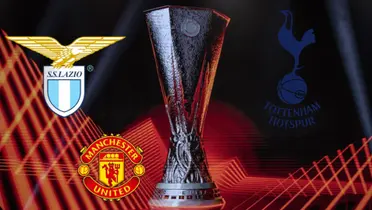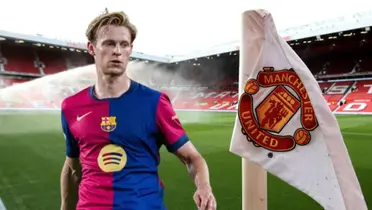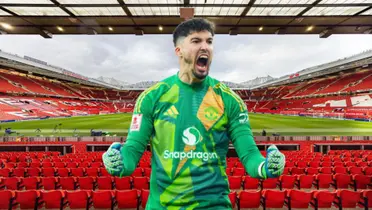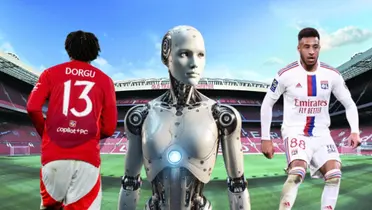How did Manchester United's tactics evolve? From Ferguson to Amorim, a comprehensive analysis
The tactical evolution of Manchester United: A historic journey across the Old Trafford pitch

Since the dawn of English football, Manchester United has been a melting pot of tactical ideas, adapting and reinventing itself to remain at the elite level. The club's history is not only measured in titles but also in the constant evolution of its strategies on the field. Today, we explore how this football giant has transformed its tactical approach over the decades, from rudimentary initial schemes to sophisticated modern formations.
In this journey, we will unravel how legendary figures like Sir Alex Ferguson and Rúben Amorim have left their mark, shaping the team's style of play and adapting it to the challenges of each era. We will analyze the iconic formations, key players, and decisive moments that have marked Manchester United's tactical evolution, offering a deep insight into how the club has maintained its status of greatness through innovation and adaptation.
The first steps: Classic tactics and the search for identity (1878-1945)
In its early years, Manchester United, then known as Newton Heath LYR Football Club, adopted the classic formations of the time, such as the 2-3-5. These tactics, focused on a direct and physical game, reflected the prevailing style in English football of the late 19th and early 20th centuries.
As football evolved, the club experimented with various formations, seeking its own style that would allow it to compete at the highest level. However, instability and the lack of a clear tactical philosophy hindered the consolidation of a dominant team.
The golden era of Sir Alex Ferguson: The reign of the 4-4-2 (1986-2013)
The arrival of Sir Alex Ferguson in 1986 marked a turning point in Manchester United's history. Ferguson revolutionized the club with his iconic 4-4-2, a formation that became synonymous with success and dominance.
Ferguson's 4-4-2 was characterized by its balance, intensity, and ability to adapt to different opponents. The wingers played a fundamental role, breaking down the flanks and creating goal-scoring opportunities. The midfield, led by figures like Roy Keane and Paul Scholes, combined grit and creativity. And the forward duo, with names like Eric Cantona and Andy Cole, was lethal in the opponent's box.
Under Ferguson's command, Manchester United conquered countless titles, including 13 Premier Leagues and 2 Champions Leagues. The 4-4-2 became a perfectly oiled machine, capable of overcoming any obstacle.
The post-Ferguson transition: Seeking a new direction (2013-2022)
After Ferguson's retirement in 2013, Manchester United faced the challenge of finding a successor capable of maintaining the legendary manager's legacy. David Moyes, Louis van Gaal, José Mourinho, and Ole Gunnar Solskjær tried to imprint their stamp on the team, but none managed to replicate Ferguson's success.
During this transition period, the club experimented with various formations, from Van Gaal's 3-5-2 to Mourinho's 4-2-3-1. However, the lack of a clear tactical identity and instability on the bench hindered the consolidation of a long-term project.
Rúben Amorim's positional play: A new philosophy (present)
The arrival of Rúben Amorim in 2025 marked the beginning of a new era at Manchester United. The manager has introduced positional play, a tactical philosophy based on ball possession, mobility, and the creation of spaces.
Amorim's positional play seeks to control the rhythm of the game, dominate possession, and generate goal-scoring opportunities through numerical superiority in different areas of the pitch. Players like Bruno Fernandes and Alejandro Garnacho have quickly adapted to this new style, demonstrating their ability to execute the complex movements and rotations required by the system.
However, the implementation of positional play has not been without its challenges. The team has had to overcome ups and downs and adapt to the physical and mental demands of this style of play.

Manchester United's tactical future: What lies ahead?
Manchester United is at a crucial moment in its history. The consolidation of Ten Hag's positional play and the players' adaptation to this new philosophy will be decisive for the club's future.
Modern football demands versatile teams capable of adapting to different opponents and game situations. In this sense, Manchester United's ability to evolve and perfect its tactical system will be key to competing at the highest level.
Manchester United's tactical history is a testament to the constant evolution of football. From the early schemes to sophisticated modern formations, the club has known how to adapt and reinvent itself to remain at the elite level. Ferguson's era left an indelible legacy, while Ten Hag's arrival has opened a new chapter in the club's history. Manchester United's future will depend on its ability to continue evolving and adapting to the challenges of modern football.
What you should know about Manchester United's tactical evolution:
- Manchester United has experienced a rich history of tactical systems, from classic schemes to Ten Hag's positional play.
- Ferguson's era and his 4-4-2 marked a period of unprecedented dominance and success.
- The post-Ferguson transition was a challenge, with different managers seeking a new tactical direction.
- Amorim has introduced a new philosophy based on possession and mobility, seeking to consolidate a long-term project.
- The club's future will depend on its ability to adapt and evolve in an increasingly demanding football landscape.
More news
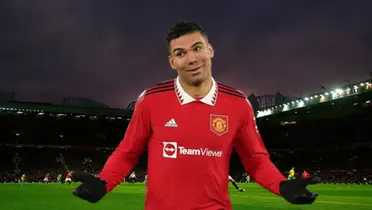
The Numbers Don't Lie: Casemiro's Dominance Returns
31/03/2025

United's Dream Pairing: The Duo Fans Are Eager to See
31/03/2025

Hojlund's Fate: Will He Stay or Leave Man United?
31/03/2025
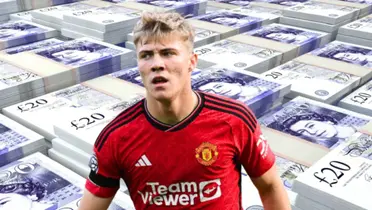
Højlund's Plummeting Value: A Cause for Concern at Man United
31/03/2025
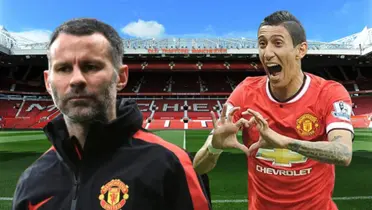
Giggs' Misjudgement: Depay's Free-Kick Hopes Fall Flat
31/03/2025
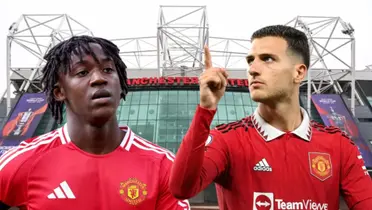
Man United's Summer Clearout: Players on the Chopping Block
31/03/2025
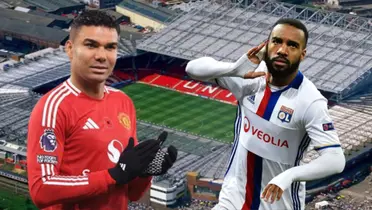
Financial Divide: Man United's Value Dwarfs Olympique Lyon's Squad Cost
30/03/2025
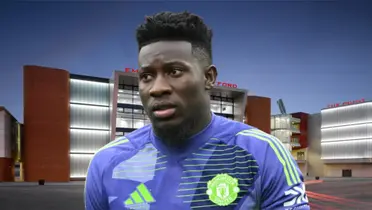
Onana Exit Rumors Swirl: How the Goalkeeper Is Responding
30/03/2025
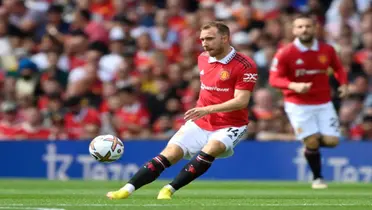
Eriksen breaks the silence about the rumors of not renewing
30/03/2025
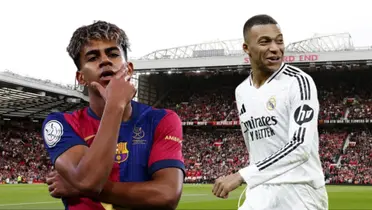
World-Class Player Available: Romano Reveals Transfer Bombshell
30/03/2025
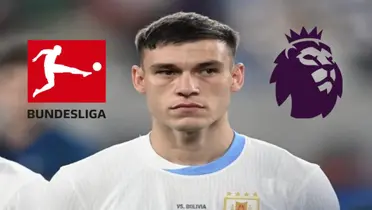
Ugarte's Premier League Insight: Key Differences From Ligue 1 Revealed
30/03/2025

Garnacho Outshines Salah and Haaland: A Stunning Statistical Triumph
29/03/2025

Ekitike's Staggering Stats: Why Man United Are Keen
29/03/2025
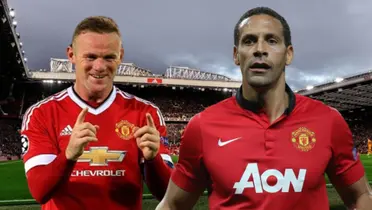
Beyond Legends: The United Player Who Rewrote Investment History
29/03/2025
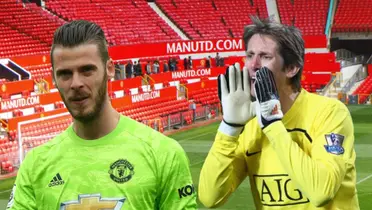
Manchester's Goalkeeping Giants: Who Reigns Supreme?
29/03/2025
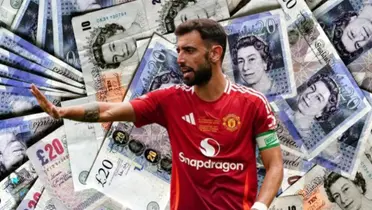
Fernandes' Fortune: Unveiling the Price Tag of United's Captain
29/03/2025
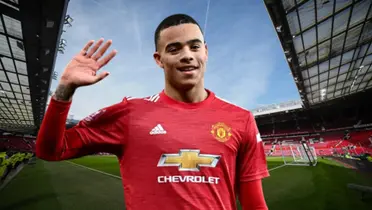
The Manchester United jewel that was rumoured for Barcelona ended up in an exotic league
29/03/2025

Father's Faith Pays Off: 100 Pound Bet on Son's United Debut
29/03/2025




